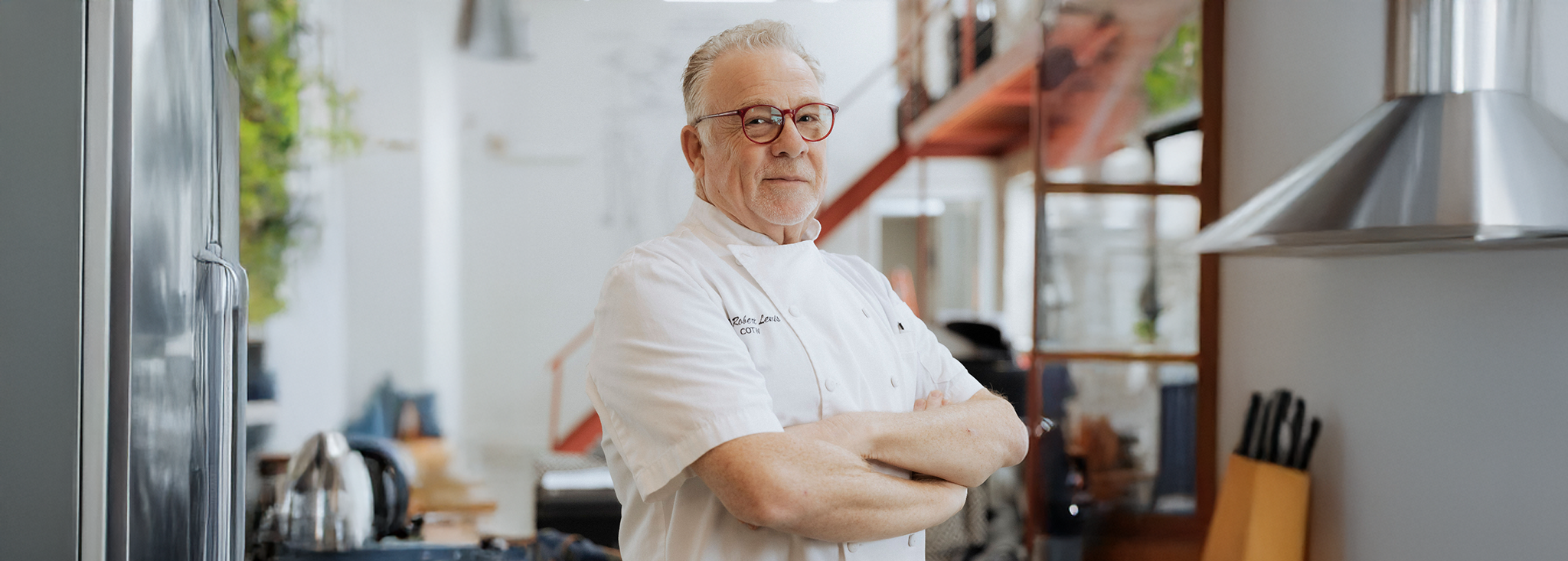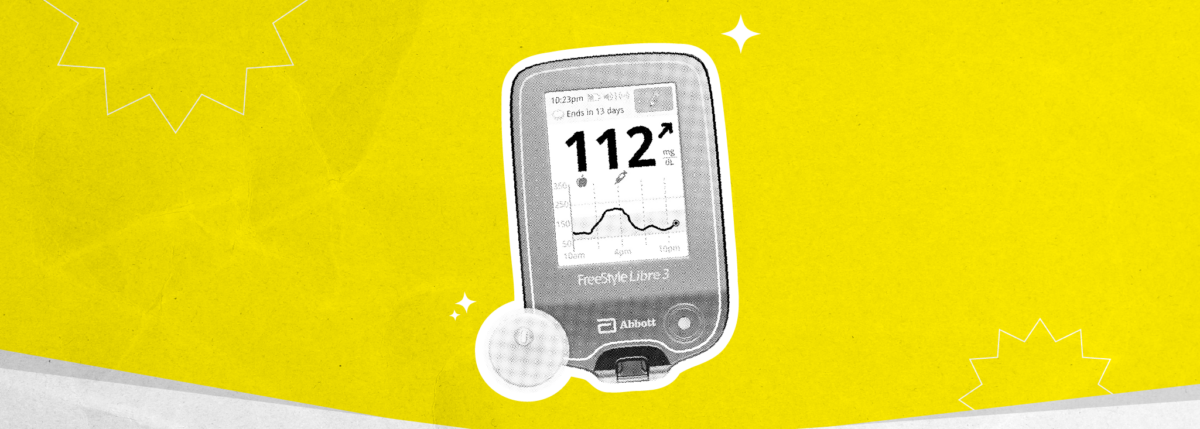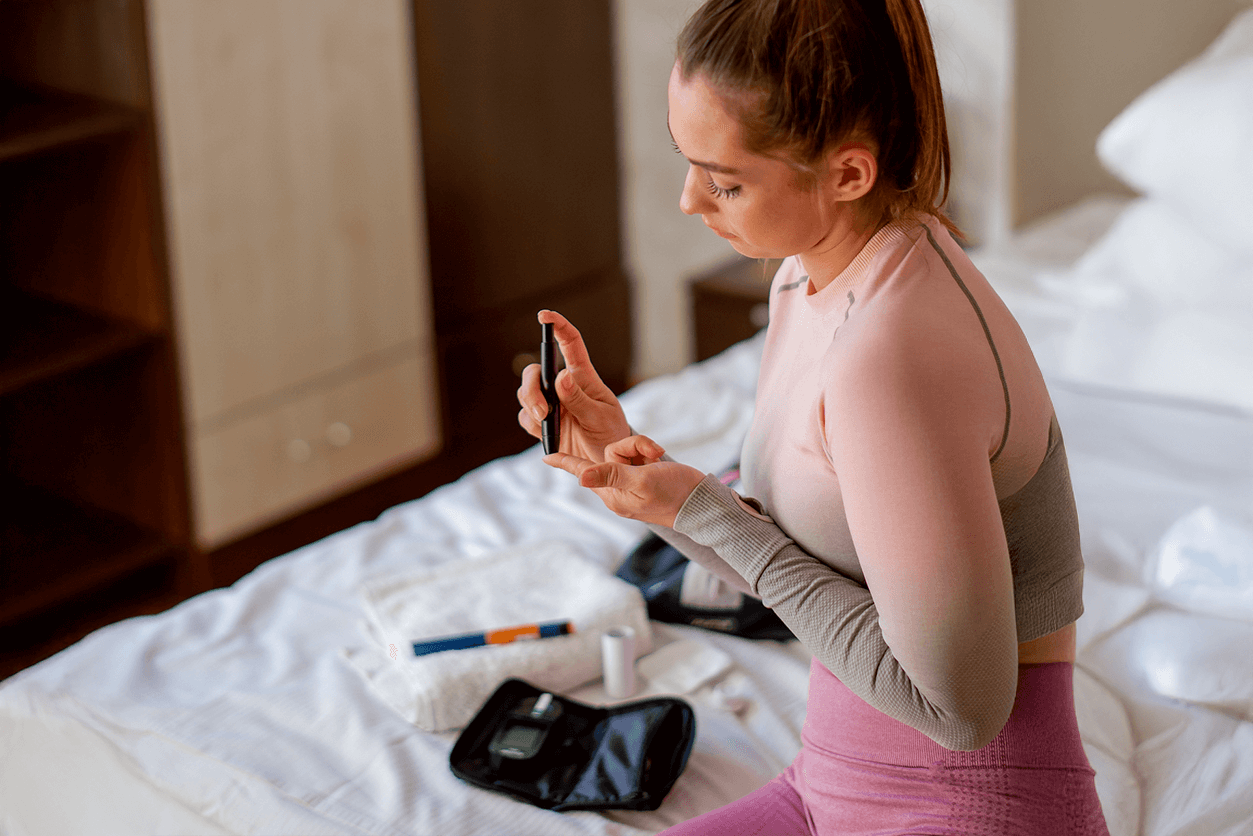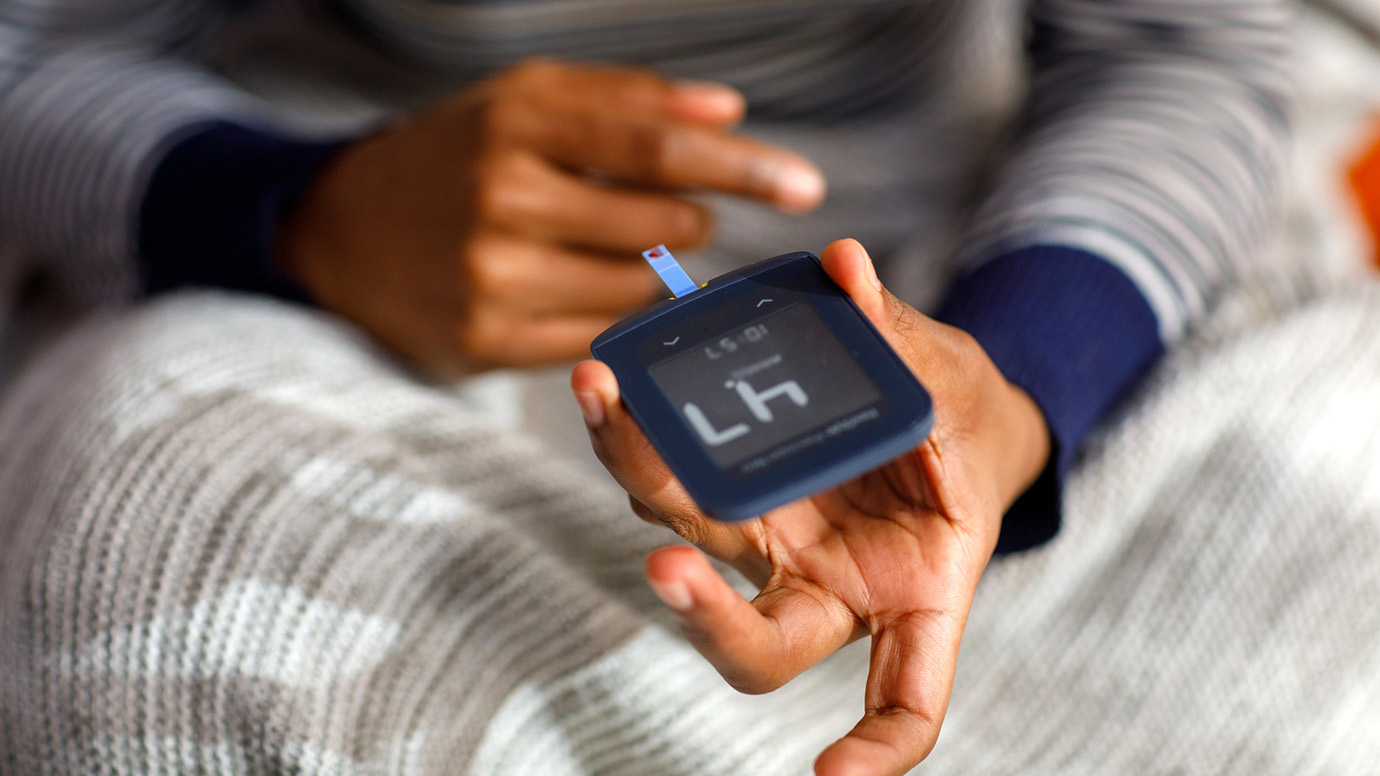Nocturnal Hypoglycemia: What to Know
Written by: T'ara Smith, MS, Nutrition Education
8 minute read
August 26, 2021
Constance Brown-Riggs, CDCES, discusses nocturnal hypoglycemia, nasal glucagon, and how to relieve fears of nighttime lows.
Nighttime lows can be scary and dangerous. As a person with type 2 diabetes, especially if you’re on insulin or other medications, learning how to prevent and treat nocturnal hypoglycemia can help relieve the fears of low blood sugar. Constance Brown-Riggs, MSEd, RDN, CDCES, CDN, chats with Beyond Type 2 about nocturnal hypoglycemia, the importance of glucagon, and how to discuss it with your doctor. For the full conversation, watch the video below.
BT2: Hi Constance, can you tell us what nocturnal hypoglycemia is and how it happens, including the signs and symptoms and why it occurs at night?
Constance: It’s a type of hypoglycemia that occurs at night and thus the name nocturnal hypoglycemia. Generally, it can happen for a couple of reasons. If you are exercising late in the evening. We know that exercise helps to bring down blood glucose. It helps to stimulate the uptake of glucose in the muscle. You can have an effect from the physical activity that lasts for hours. Sometimes some individuals find they go low six hours after exercising. So, certainly, if you’re exercising at night, you are at risk for hypoglycemia during the night. Another problem or risk for nocturnal hypoglycemia is if you are skipping meals, particularly if you skip your evening meal, that is a risk factor.
If you’re taking too much basal insulin, you may be subject to nocturnal hypoglycemia. Also, even if you’re eating your evening meal, you’re taking pre-meal insulin, and you check your blood glucose before going to bed, it may be in your ideal range, but what can happen is sometimes people forget that insulin is still working in the system and so you may be subject to nocturnal hypoglycemia as a result of that.
Another major reason is alcohol, which can also cause nocturnal hypoglycemia, particularly if you’re drinking in the evening. If you’re drinking, make sure that you’re eating something as well. Also be sure you’re careful to monitor your blood glucose after you’ve been drinking because just as you can have that low as a result of physical activity, you can also have a low as a result of alcohol.
What happens, in that case, is your liver, which typically helps to detox alcohol from the system also, kicks in. If we have a low, it will kick in to release extra glucose into the system. But, if the liver is busy because its priority is to detox the alcohol from the system, it’s not going to be able to do two things at once. As a result, you can end up with nocturnal hypoglycemia.
It reminds me of a client that I had. She would have nocturnal hypoglycemia during the week. She never had it on the weekend and I thought that was so strange. So I played investigator to figure out what was going on. She was drinking during the week but on the weekend, she didn’t drink because she was taking care of her grandchildren so that’s why she never had nocturnal hypoglycemia on the weekend. It was only during the week.
Why is nocturnal hypoglycemia so dangerous and are people with type 2 diabetes at high risk for it?
What makes it dangerous is it happens in your sleep. Unfortunately, for many people, they don’t wake up when they’re having an episode of hypoglycemia. One of the reasons is that the counterregulatory hormones are somewhat suppressed in your sleep so you don’t feel the symptoms. You don’t feel shaky and nervous; you’re asleep. That’s what makes it dangerous. If you don’t wake up when you have hypoglycemia, you don’t recognize that your blood glucose can continue to go down until you’re unconscious or maybe have seizures. Even during the day, hypoglycemia, if it’s severe, is dangerous, but the fact is there’s more of a risk overnight and this is one of the reasons.
Also, if you are on insulin or a secretagogue, anything that will stimulate the pancreas to release insulin, or you’re adding insulin into the system, you definitely are at risk for hypoglycemia and at risk for nocturnal hypoglycemia. If you’re on more than one medication to manage your diabetes, more than one hypoglycemic medication, that too can be a risk factor. You can run into problems with hypoglycemia. It’s not so much your diagnosis—that you’re diagnosed with type 2, it’s more the treatment that puts you at risk of hypoglycemia.
How do you talk to your type 2 patients about it? What kind of questions do they have? How do you tell them to prepare for a possible nighttime low?
I start by asking: do you understand hypoglycemia? If they don’t, I let them know. But if they do, then my next question is: do you know your symptoms? Because, oftentimes, people aren’t aware of what a symptom of hypoglycemia is. Of course, we have charts and we have all kinds of literature that talks about the typical symptoms of hypoglycemia, but not everyone has those typical symptoms. Symptoms are very individual. I had a client who would see blinking lights when she was going low. She could almost anticipate how low she was based on how fast the lights were blinking. You don’t see that written on any chart in the literature as a symptom of hypoglycemia, but that was her symptom. It’s a general conversation that’s all part of educating someone with diabetes. If they come in and they’re on insulin or secretagogue, we’re having a conversation about hypoglycemia because they’re at risk. Ideally, by the time they come to see me, their doctor should have had that conversation with them when they prescribed the medication.
Do you find that you have patients who come in and see you who haven’t had those conversations? Has that been common for you?
Nine times out of 10, unfortunately. They come in and they haven’t had that conversation with their physician. As part of my role as a diabetes care and education specialist, I have to deal with all aspects of diabetes. Of course, having a conversation about nocturnal hypoglycemia is part of the care that I provide.
How do you counsel them to track their symptoms? Do you tell them to set an alarm to wake up in the middle of the night?
That is a good way of determining whether or not they’ve actually had an episode. But also, oftentimes, they’ll wake up clammy, sweaty and drenched. They may wake up very irritable or their partner may tell them, “You were thrashing all over the place last night.” They may also be having nightmares—all of those are symptoms of nocturnal hypoglycemia. I would make sure they understand what those symptoms are and as well as their partner, roommate, whoever can also be educated on nocturnal hypoglycemia. If you don’t tell them they may just think, “oh, they’re having a nightmare,” and “just wake up.” They need to be educated, not just on the symptoms, but how to treat it with glucagon, as well, because you may not be able to treat it yourself.
The nasal glucagon, BAQSIMI, for emergencies, is a dry nasal spray for low blood sugar emergencies. It’s sprayed into your nose to raise your blood glucose levels quickly. It’s very user-friendly and it’s also easy to identify because of its bright yellow packaging.
And that’s what I love about it. The original glucagon—you had to reconstitute it, add the powder in the syringe and the liquid and so on. The needle was intimidating. The whole process was intimidating for most people. Your spouse, your partner, your friends, may not want to have anything to do with that so it was a lot more challenging. With BAQSIMI, it makes it a lot easier, less intimidating and has a great chance that you will get the help that you need in a timely fashion.
Can you discuss how to not overtreat for hypoglycemia with food?
That’s so important and I understand it’s miserable when you’re low and your instinct tells you to take that container of orange juice and guzzle the whole thing down. But you’re going to go from one extreme to the other and your blood glucose is going to go sky-high. A way to prevent that is by following the rule of 15. That means taking 15 grams of fast-acting carbohydrates such as glucose tabs or hard candy. Other things you can use are four ounces of orange juice or regular soda because they’re also good sources of fast-acting carbs. After consuming 15 grams of carbs, wait 15 minutes and then check your blood sugar. If your blood glucose isn’t 3.9 mmol/L70 mg/dL or higher, then treat it again.
Once your blood glucose level comes up, if it’s time for your meal, then have your meal. If it’s not near the time for your meal, then you want to have a snack, something with protein, as well as carbohydrate. So, half a peanut butter sandwich, for example, is a good choice to have before your regular mealtime. Also, you want to continue checking. Maybe in an hour or two, depending on when it’s time for your meal, check to make sure that your blood glucose is continuing to remain within range. Finally, you don’t want to eat carbs with fat because it slows down the release of glucose and when you’re low, you want something that will bring it up as quickly as possible.
Why would an emergency treatment such as glucagon be a better choice instead of hard candy or juice?
Glucagon is used to bring your blood glucose up fast. Typically, when you need glucagon, you’re not able to administer it yourself, so this is why it’s very important to educate your family members, teachers, nurses, or others. Make sure that they know not to give you anything by mouth if you’re unconscious because you can aspirate, in other words, choke on that. I had a friend that had that experience and both she and her husband happened to have diabetes. She panicked when he had a severe hypoglycemia episode, and she was putting jelly in his mouth, and he aspirated on the jelly. You don’t want to make matters worse if they’re unconscious. He’s okay, but it’s a reminder of why it’s important to treat with glucagon.
When you talk to your patients about hypoglycemia, do you ever hear about them being afraid of going low?
Yes, and it’s understandable. They’re running high all the time, much higher than they should be and so we have a conversation about the steps they can take to prevent nocturnal hypoglycemia and if they’re able to avail themselves of a continuous glucose monitor (CGM), which can give them more confidence by helping them see exactly what’s going on and can alert them if they’re going low. We also try to build confidence over time. So the patient will understand if they eat a certain number of carbohydrates and take a certain amount of insulin to go with it, they’ll be fine.
For people who are hearing about nocturnal hypoglycemia for the first time, how would you advise them to have these conversations with their physician? What questions should they be asking?
I would advise them to start the conversation based on their treatment. If they’re on insulin, they may start off by saying, “I’m on insulin. I understand if I’m on insulin I’m at risk for hypoglycemia.” Ideally, the physician will take it from there. Ask the doctor, “Should I have glucagon? What should I do as a result of being at risk for hypoglycemia, especially nocturnal hypoglycemia?” You should be able to have an open, honest conversation and it shouldn’t be difficult from the physician’s perspective. Before you go, do a little homework and have your questions ready to ask. “I’m on insulin. What should I look for in terms of hypoglycemia? What range should I be in? Should I be nervous about hypoglycemia if I’m at 8.3 mmol/L150 mg/dL or should I be concerned about hyperglycemia if I’m at 3.9 mmol/L70 mg/dL?” Ask your doctor, “Do I need glucagon?” Of course, we know the answer—you should have glucagon on hand if you’re on insulin or a secretagogue.
There should be an open dialogue with your physician. I always tell my clients and patients to feel free to divorce that doctor and find themselves a new one—it’s your care, it’s your body. You’re the one living with diabetes. You should be able to have all the tools that you need to manage your diabetes successfully.
For more information on hypoglycemia and type 2 diabetes, click here.
Connect with and follow Constance Brown-Riggs: Website, Twitter, Instagram and her new book, the Living Well with Diabetes 14 Day Devotional: A Faith-Based Approach to Living with Diabetes
This content was made possible with support from Baqsimi, a Founding Partner of Beyond Type 2. Editorial Control rests solely with Beyond Type 2.

Author
T'ara Smith, MS, Nutrition Education
T’ara was diagnosed with type 2 diabetes in July 2017 at the age of 25. Since her diagnosis, she focused her academic studies and career on diabetes awareness and living a full life with it. She’s excited to have joined the Beyond Type 1 team to continue her work. Two years later, T'ara discovered she'd been misdiagnosed with type 2 and actually has latent autoimmune diabetes in adults (LADA). Outside the office, T’ara enjoys going to the movies, visiting parks with her dog, listening to BTS and cooking awesome healthy meals. T’ara holds an MS in Nutrition Education from American University.
Related Resources

Managing diabetes can feel like a daunting journey, but for Chef Robert Lewis, it’s been...
Read more

Managing type 2 diabetes means keeping your blood sugar levels within a healthy range and...
Read more

Physical activity plays a crucial role in managing diabetes, and walking is an easy, effective...
Read more

